Total results 40
Total results 40
-
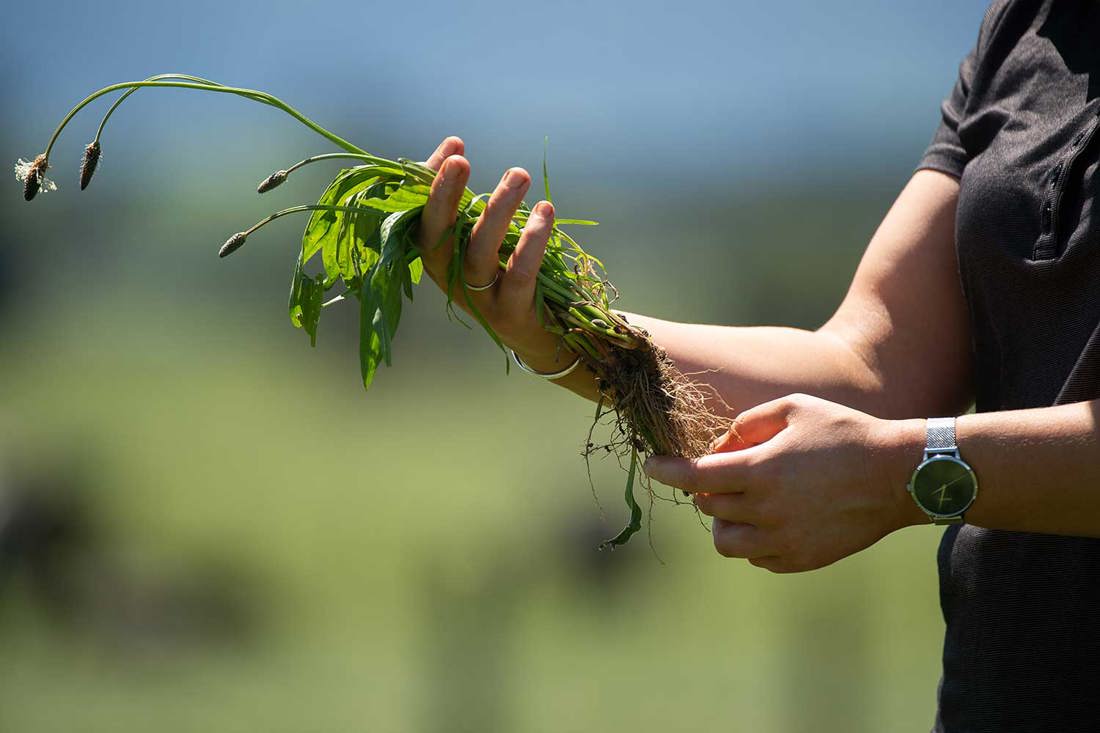 Reducing nitrogen loss
Reducing nitrogen lossReducing nitrogen losses from your farm can help improve efficiency, reduce greenhouse gas emissions, improve water quality, meet regulations, and strengthen your bottom line.
Environment•5 min read
Reducing nitrogen loss

Reducing nitrogen losses from your farm can help improve efficiency, reduce greenhouse gas emissions, improve water quality, meet regulations, and strengthen your bottom line.
Environment•5 min read
-
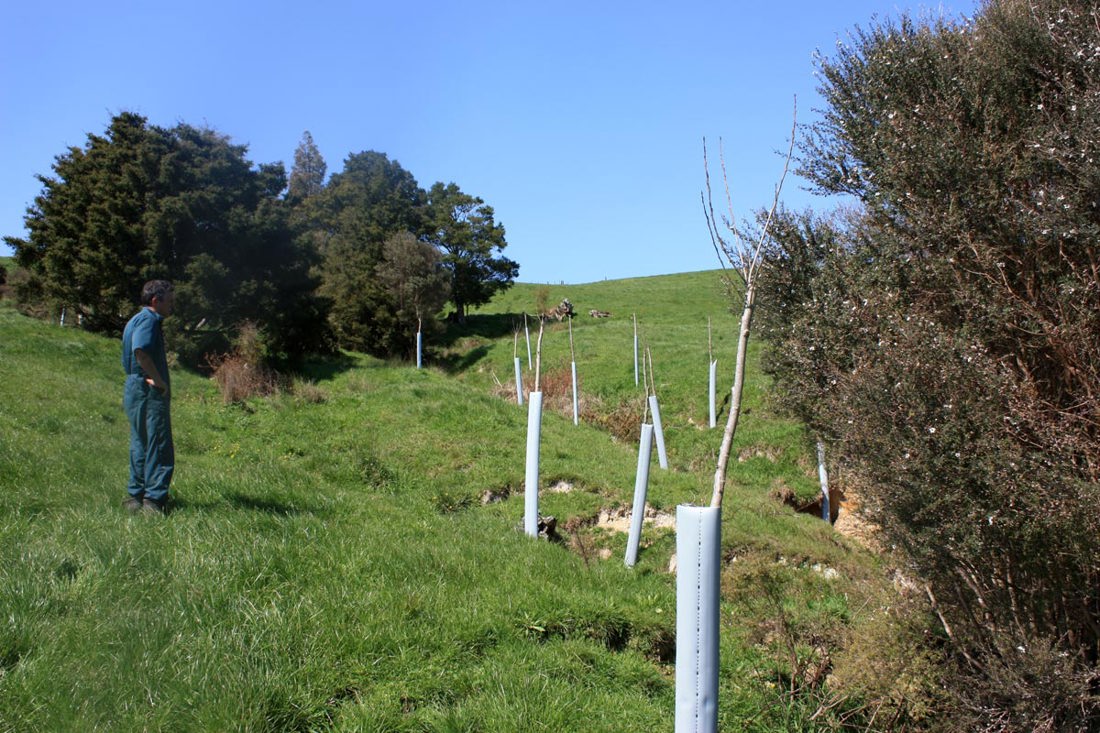 Erosion control
Erosion controlErosion control is the practice of preventing sediment and nutrients from entering waterways and preserving topsoil on paddocks.
Environment•3 min read
Erosion control

Erosion control is the practice of preventing sediment and nutrients from entering waterways and preserving topsoil on paddocks.
Environment•3 min read
-
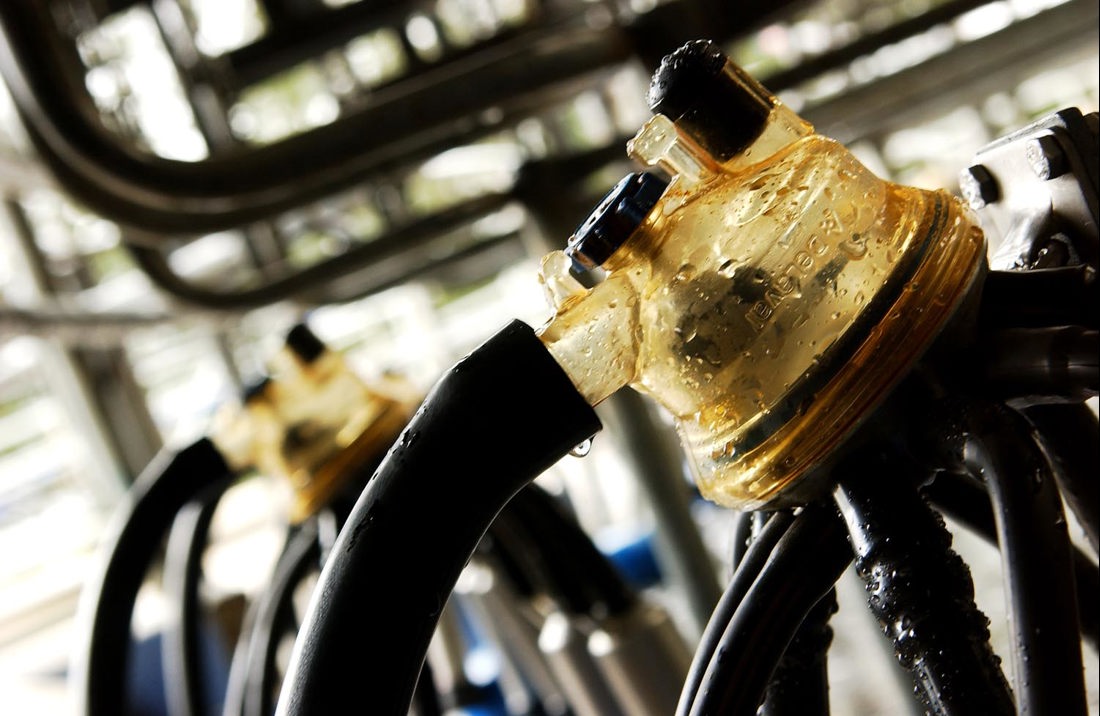 Milking shed water use
Milking shed water useEfficient water use in the milking shed can lead to significant savings. This page provides tips to optimise water use during milk cooling, plant washing, and yard washing.
Environment•4 min read
Milking shed water use

Efficient water use in the milking shed can lead to significant savings. This page provides tips to optimise water use during milk cooling, plant washing, and yard washing.
Environment•4 min read
-
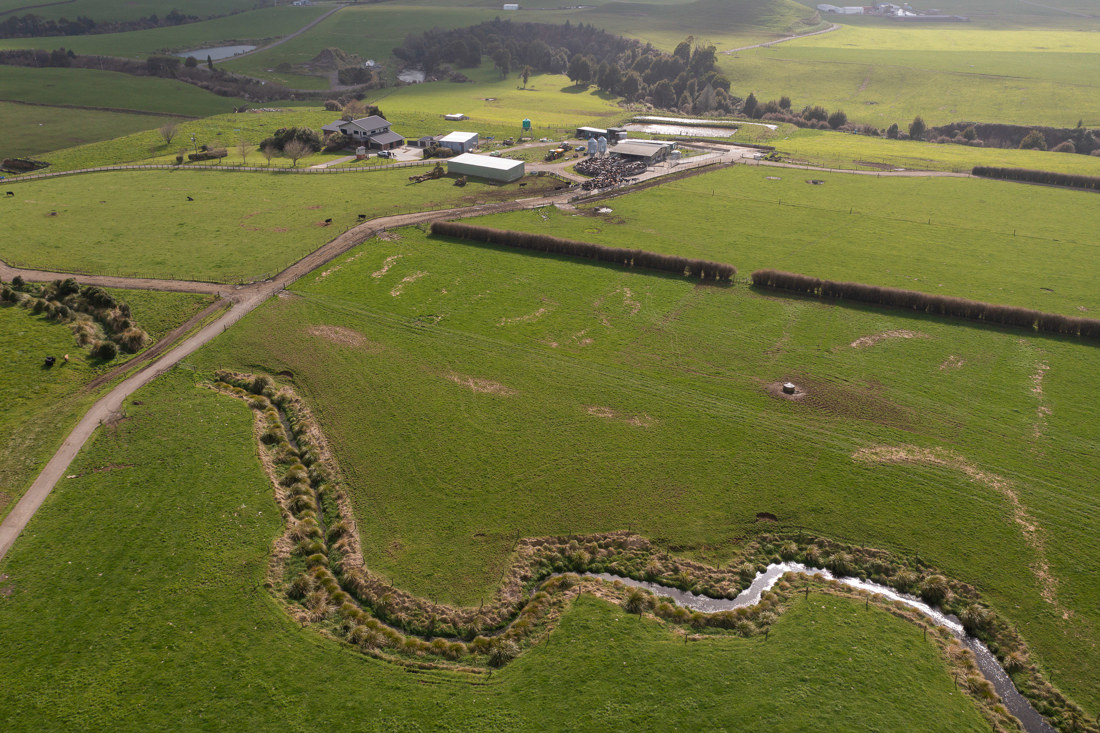 Management and operation
Management and operationGood irrigation management benefits your dairy farm by preserving water quality, reducing costs, and complying with water supply conditions.
Environment•5 min read
Management and operation

Good irrigation management benefits your dairy farm by preserving water quality, reducing costs, and complying with water supply conditions.
Environment•5 min read
-
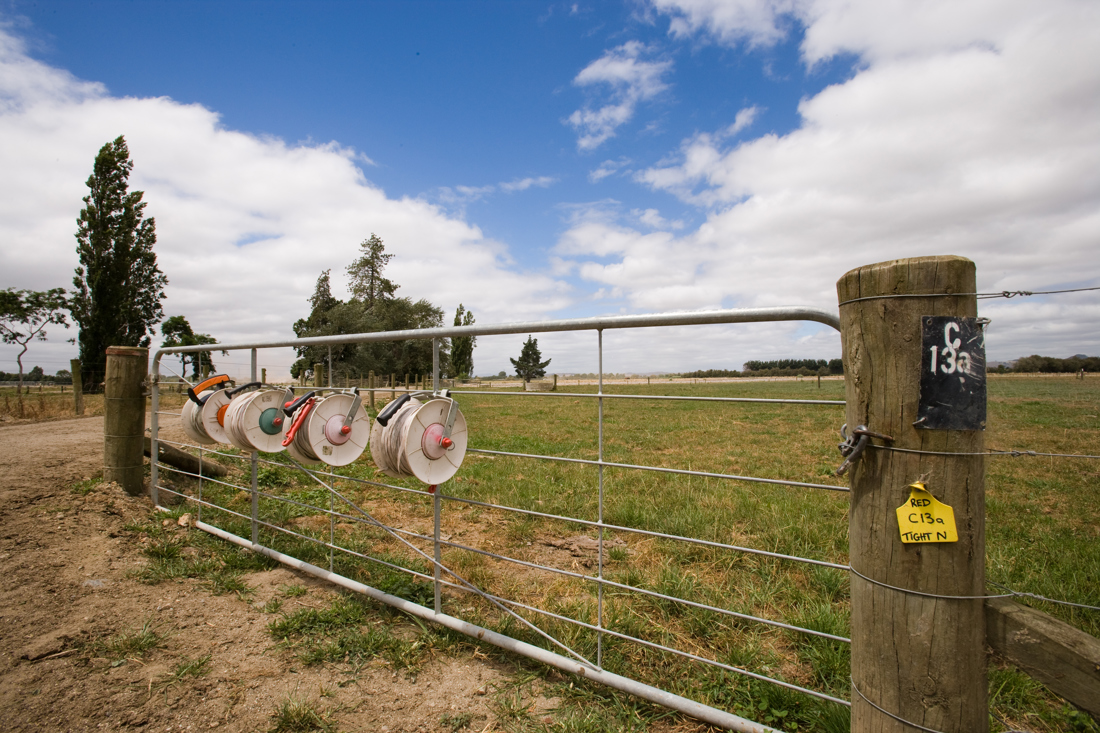 Composting dead stock
Composting dead stockComposting is an effective way to dispose of dead stock while creating a useful product and minimising the potential for groundwater contamination. If managed well, composting can be low cost and relatively odour free.
Environment•2 min read
Composting dead stock

Composting is an effective way to dispose of dead stock while creating a useful product and minimising the potential for groundwater contamination. If managed well, composting can be low cost and relatively odour free.
Environment•2 min read
-
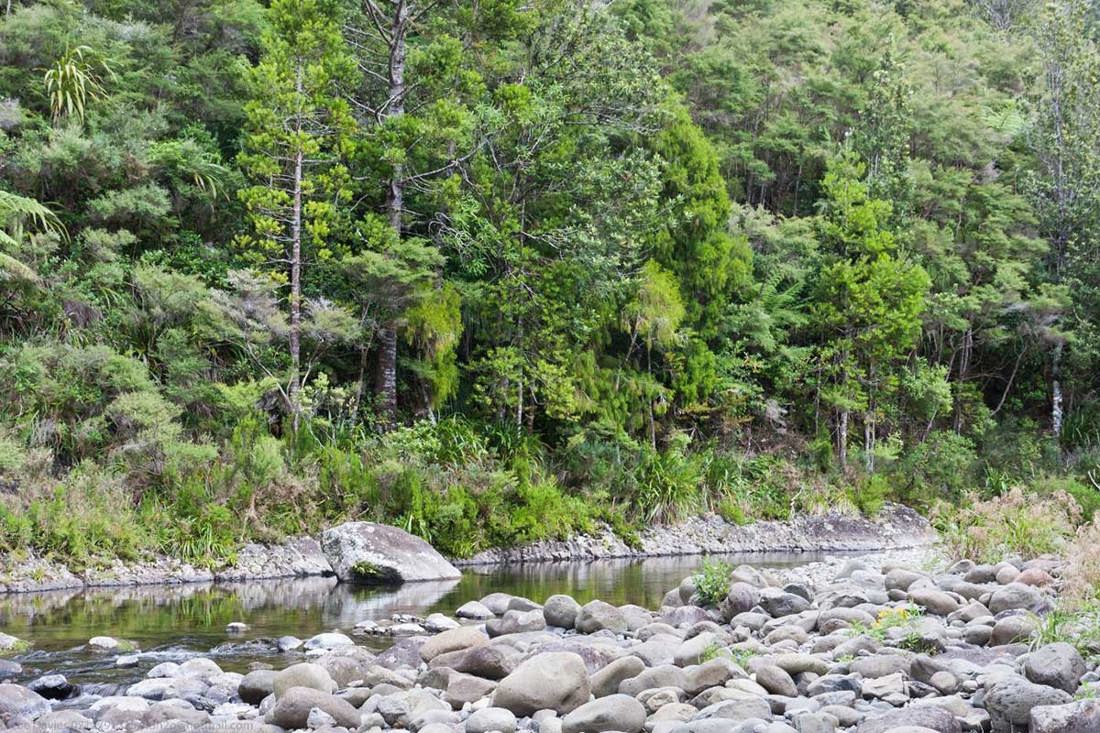 Carbon offsets
Carbon offsetsTree planting on your dairy farm can provide multiple benefits including potentially earning carbon credits in the ETS.
Environment•3 min read
Carbon offsets

Tree planting on your dairy farm can provide multiple benefits including potentially earning carbon credits in the ETS.
Environment•3 min read
-
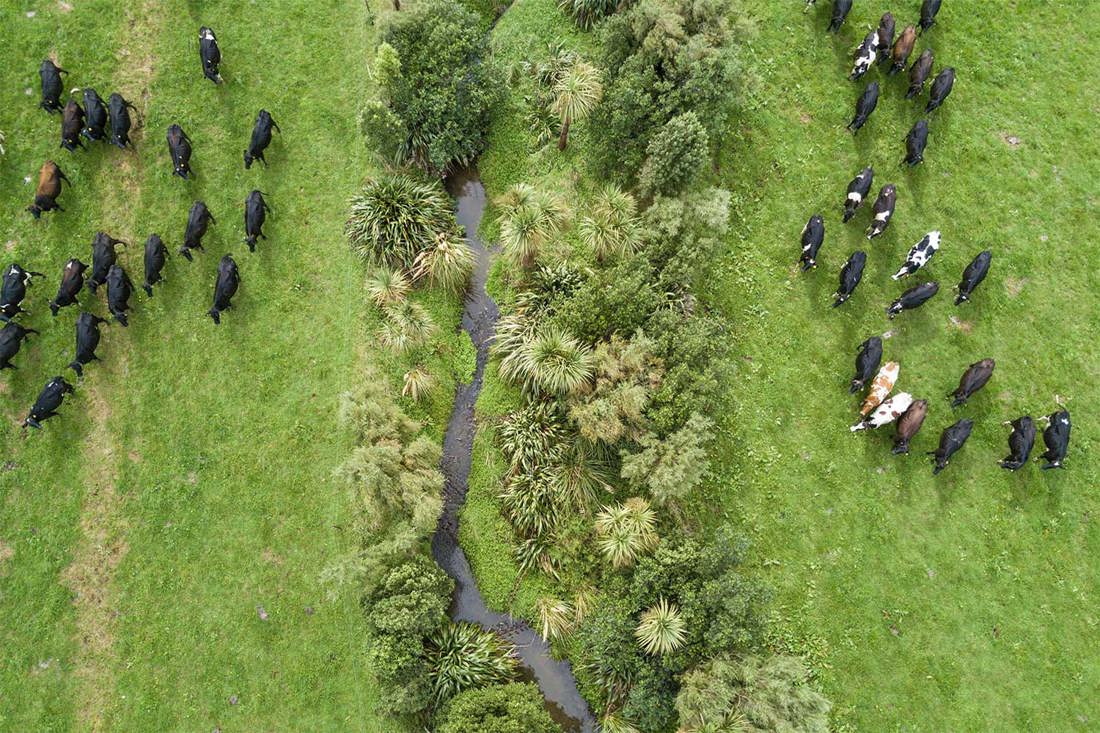 Fencing waterways
Fencing waterwaysFencing waterways has many benefits, including protecting freshwater from nutrients, effluent and sediment, improving water quality, and creating habitat for birds and freshwater species.
Environment•2 min read
Fencing waterways

Fencing waterways has many benefits, including protecting freshwater from nutrients, effluent and sediment, improving water quality, and creating habitat for birds and freshwater species.
Environment•2 min read
-
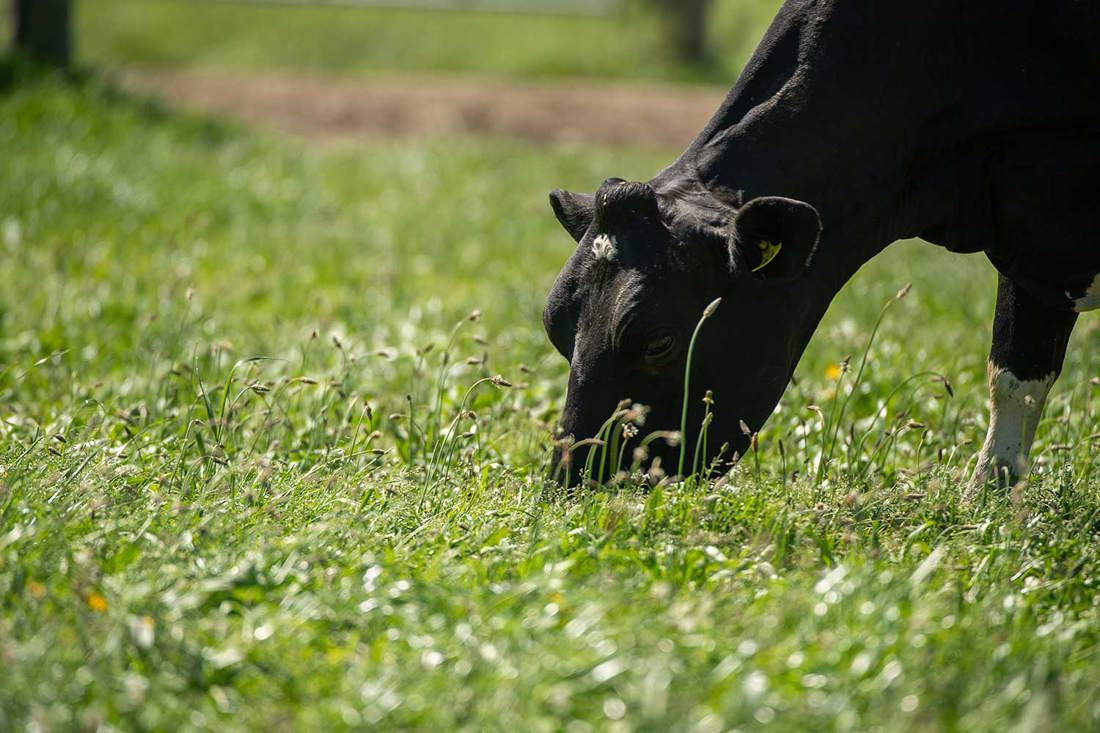 Reducing phosphorus loss
Reducing phosphorus lossPhosphorus (P) is an essential element for plant and animal growth but can harm the environment if not properly managed. There are good farming practices that can help minimise P loss and optimise farm productivity.
Environment•1 min read
Reducing phosphorus loss

Phosphorus (P) is an essential element for plant and animal growth but can harm the environment if not properly managed. There are good farming practices that can help minimise P loss and optimise farm productivity.
Environment•1 min read
-
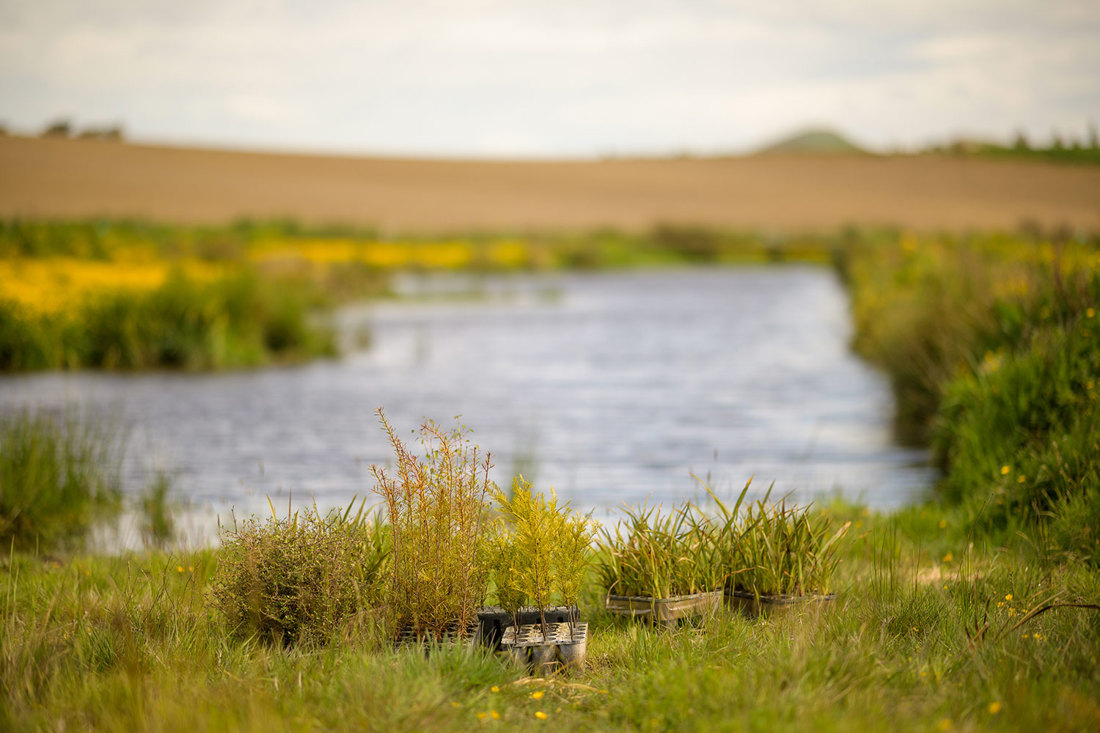 Water meters and monitoring
Water meters and monitoringWater meters are the most effective way to monitor water use. They can detect small leaks and losses and enable you to track seasonal and annual water consumption.
Environment•4 min read
Water meters and monitoring

Water meters are the most effective way to monitor water use. They can detect small leaks and losses and enable you to track seasonal and annual water consumption.
Environment•4 min read
-
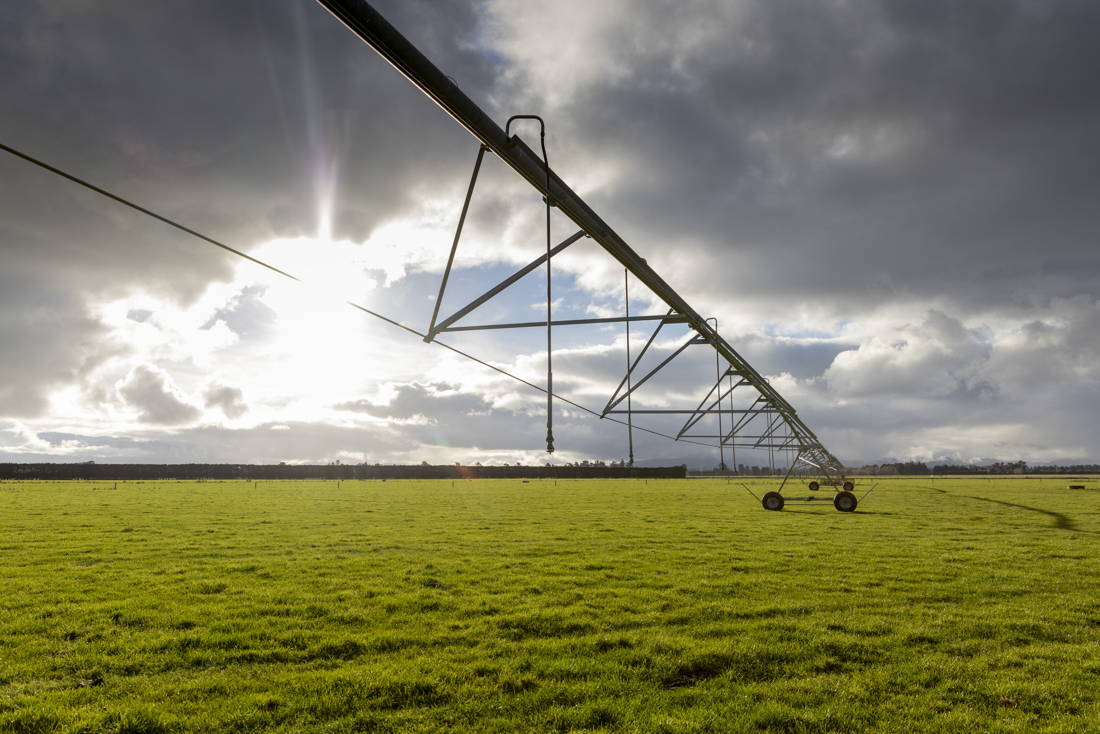 Evaluating
EvaluatingIrrigation systems require suitable application depth, rate, and return periods to meet soil, plant, and climate needs. This page encourages evaluating your system against its design specifications to find potential improvements.
Environment•3 min read
Evaluating

Irrigation systems require suitable application depth, rate, and return periods to meet soil, plant, and climate needs. This page encourages evaluating your system against its design specifications to find potential improvements.
Environment•3 min read